As if on cue, September has ushered in the start of autumn. Yes, we technically have about a week left of summer, but after the August heat, September arrived with markedly cooler weather, a slight change in the air and the return of a few rain showers. Now, with fall planting season here, it’s time to take a look at your yard and tackle some autumn projects.
September and October really are the ideal time to plant just about anything. Although we’re enjoying something of an Indian summer, heavy morning dews have returned and nighttime temperatures are beginning to dip back into the 40s, both of which make for reduced stress on recently-transplanted plants. Add to that the warm soil which aids in rapid root development and the return of regular rains (soon, likely!) and you’ve got the perfect recipe for planting success.
Of course, while the autumn season is excellent for planting, that doesn’t mean you’re entirely off the hook for plant care. A few simple steps at the time of planting and until regular fall rains return will greatly help to ensure an easy transition of your plants from pot to ground.
Before you plant anything this season, get to know your soil. If the ground around your house tends to be sandy, adding compost at the time of planting will help keep your plants from drying out too quickly. Likewise, if your native soil is heavier clay, compost will help to loosen the clay, improving drainage and allowing new roots to grow out into it.
At the time of planting, mix compost half-and-half with the existing soil around your plants when you fill around your newly-planted shrubs, trees or perennials. This mix will provide the needed benefits compost offers as described above while also training plant roots to adapt to your native soil.
Following planting, it’s time to fertilize, and this late in the season, it’s important to stick with a starter fertilizer. Unlike regular fertilizer, starters like Espoma Bio-Tone Starter fertilizer are designed to promote root growth first rather than above-ground growth, which is ideal for starting plants.
Finally, give your newly-planted treasures a good soak with a transplant solution. Having used products like Superthrive or Bonide Root & Grow, I’m a believer in transplant solutions for developing strong roots and reducing transplant stress.
Your next task this month is to replant areas of your lawn that died out this summer or even last year. In areas where grass has died out completely, it’s best to rent a sod cutter, remove the dead grass and start over. If that’s not feasible or you have only small areas to reseed, an alternative option would be to mow the dead grass as short as possible, aerate your lawn to punch holes in the dead turf, and spread a light layer of topsoil—as little as half an inch can be effective.
After you’ve spread topsoil in the areas that need to be reseeded, pack it down and rake it off to smooth out the surface and create a light layer of fluffy soil on top. Then spread grass seed and lawn starter fertilizer—like plant starter, with phosphorus to assist in root development—and top it off with a light layer of peat moss to help hold in moisture. With regular watering (figure two to three times a day until the grass has sprouted), you should have a green lawn in around 10 days.
Early autumn in the Pacific Northwest is unbeatable for pleasant weather, and the mild temperatures make for a perfect time to plant. Make the most of this month and get some work done around your yard today!



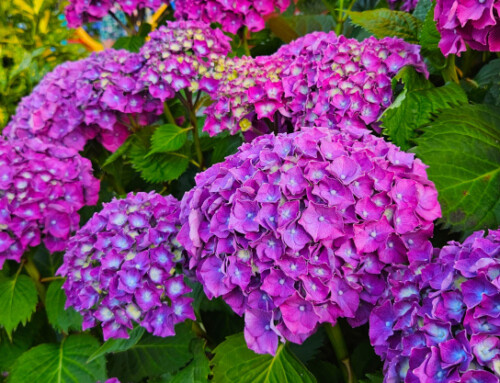
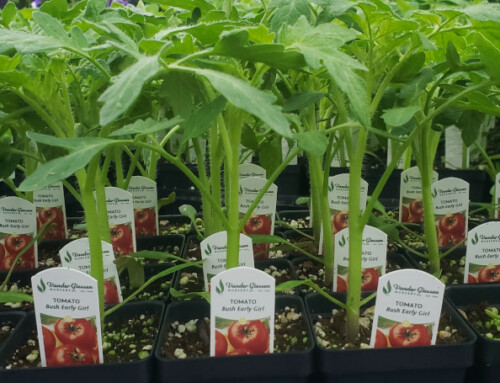
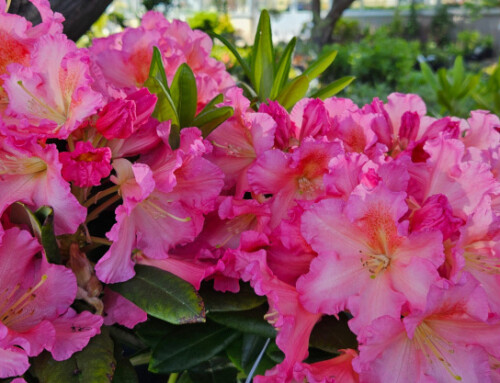
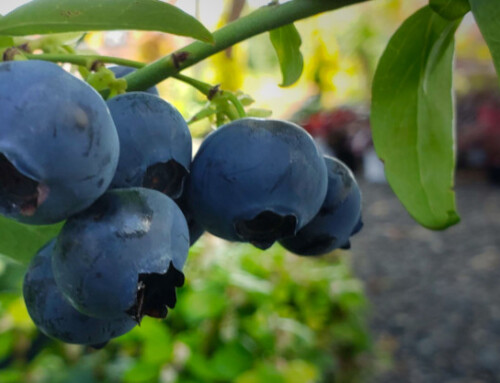
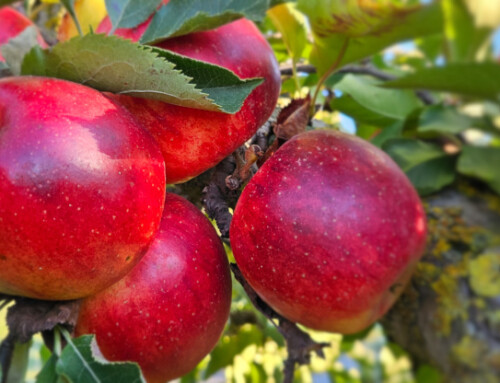
Leave A Comment